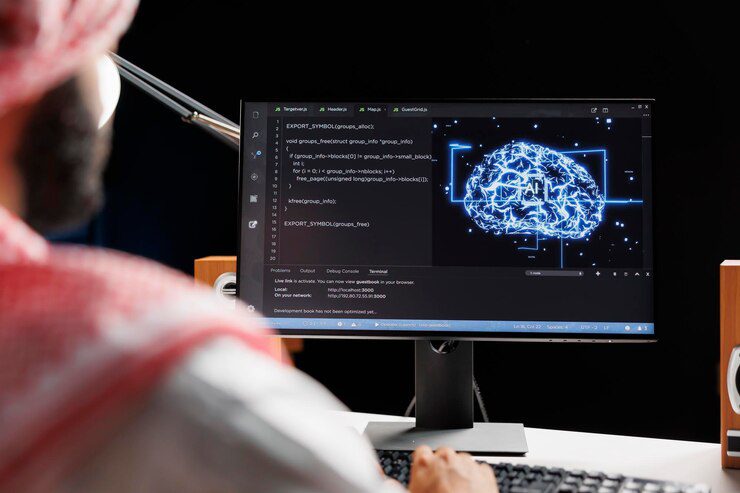Neural networks, the driving force behind artificial intelligence (AI), are revolutionizing various fields. From recognizing faces in photos to composing music, these complex algorithms are constantly learning and evolving. However, a crucial challenge lies in generalization in neural networks. Simply put, can a network trained on one task effectively apply its knowledge to new, unseen situations?
Imagine training a neural network to identify cats in images. It excels at this specific task. However, for true generalization, the network should also be able to identify cats in different poses, lighting conditions, or even breeds it hasn’t encountered during training. This is where transfer learning comes in, a powerful technique that empowers neural networks to leverage past knowledge and excel at new tasks.
The Struggles of Learning from Scratch
Training a neural network from scratch can be a cumbersome and resource-intensive process. Here’s why:
Massive Data Requirements: Neural networks require vast amounts of labeled data to learn effectively. This data collection can be expensive and time-consuming.
Overfitting: When trained with limited data, networks can memorize specific patterns rather than learning generalizable features. This leads to poor performance on unseen data – a failure in generalization.
Computational Cost: Training large neural networks from scratch demands significant computational power, making it inaccessible for many users.
Transfer Learning: Bridging the Knowledge Gap
Transfer learning offers a solution to these challenges. It involves using a pre-trained neural network on a large dataset for a specific task (source task) and then applying that knowledge to a new, related task (target task). Here’s how it works:
Pre-training the Network: A neural network is trained on a vast dataset for a generic task, like image recognition. This pre-trained network extracts valuable features from the data, such as edges, shapes, and textures.
Freezing the Base Layers: The core layers of the pre-trained network, responsible for extracting these fundamental features, are “frozen” to preserve their learned knowledge.
Fine-tuning for the Target Task: New layers are added on top of the frozen base. These new layers are trained on a smaller dataset specific to the target task (e.g., cat identification).
The Benefits of Transfer Learning for Generalization
Transfer learning offers several advantages over training from scratch:
Reduced Training Time: By leveraging pre-trained knowledge, networks require less data and training time for the target task, leading to faster development cycles.
Improved Performance: Transfer learning can significantly improve the performance of neural networks on new tasks, especially when dealing with limited data.
Enhanced Generalization: Pre-trained networks have already learned generalizable features from the source task. This knowledge transfer can improve the network’s ability to perform well on unseen data in the target task – a significant leap in generalization in neural networks.
Here’s a table summarizing the key differences between training from scratch and transfer learning:
| Approach | Data Requirements | Training Time | Generalization |
| Training from Scratch | High | Extensive | Lower |
| Transfer Learning | Lower | Faster | Higher |
Real-World Applications of Transfer Learning
Transfer learning is making waves across various industries:
Image Recognition: A network pre-trained on a massive image dataset can be fine-tuned to identify specific objects like cars, medical scans, or even fashion items.
Natural Language Processing (NLP): A pre-trained network for language understanding can be adapted for tasks like sentiment analysis, machine translation, or chatbots.
Recommender Systems: Transfer learning can personalize product recommendations by leveraging a network pre-trained on user behavior and purchase history.
The Future of Transfer Learning and Generalization
As AI research continues to evolve, transfer learning techniques are expected to become even more sophisticated. We can expect to see:
Development of Standardized Pre-trained Models: Universal pre-trained networks, applicable across various tasks, could accelerate the development of AI applications.
Improved Techniques for Fine-tuning: Advanced methods for fine-tuning target tasks will further enhance the generalization capabilities of transfer learning.
Explainable AI (XAI): Understanding how pre-trained knowledge influences the target task will allow for more robust and interpretable AI models.
Conclusion:
Transfer Learning – A Key to Unlocking Neural Network Potential
Transfer learning offers a powerful approach to address the challenges of generalization in neural networks. By leveraging pre-trained knowledge, networks can learn faster, perform better on new tasks, and ultimately achieve superior generalization. As transfer learning techniques continue to develop, they hold the key to unlocking the full potential.







